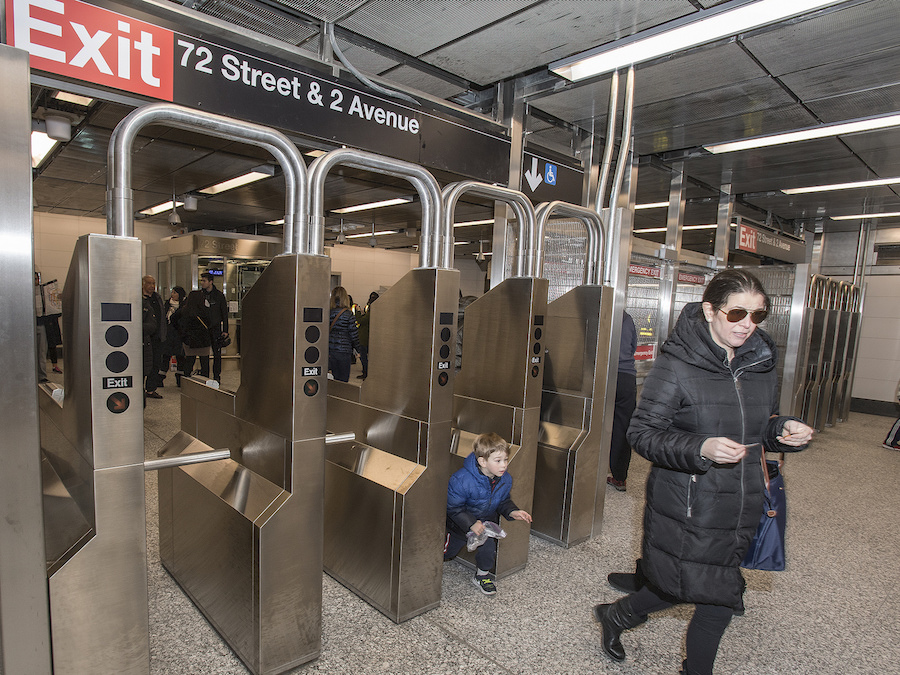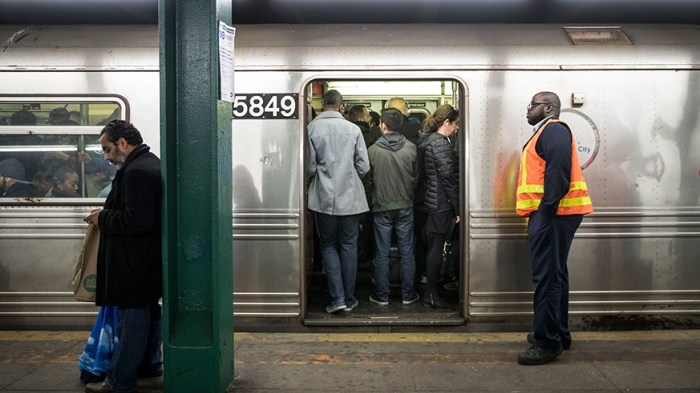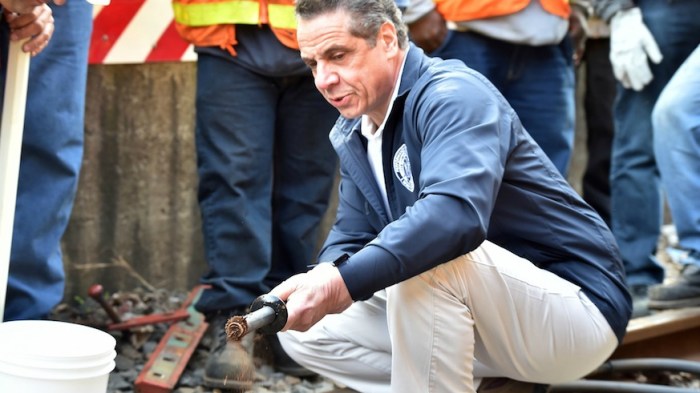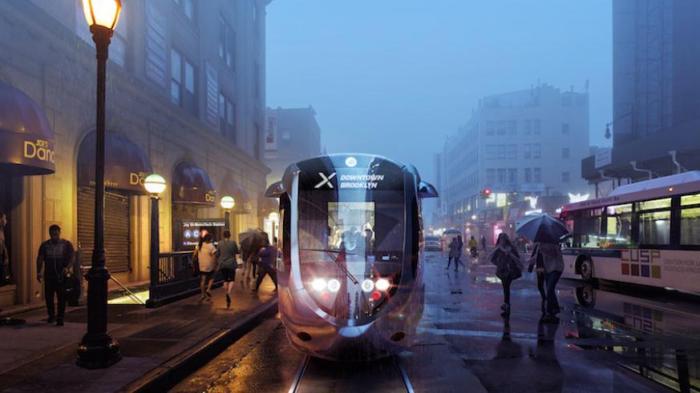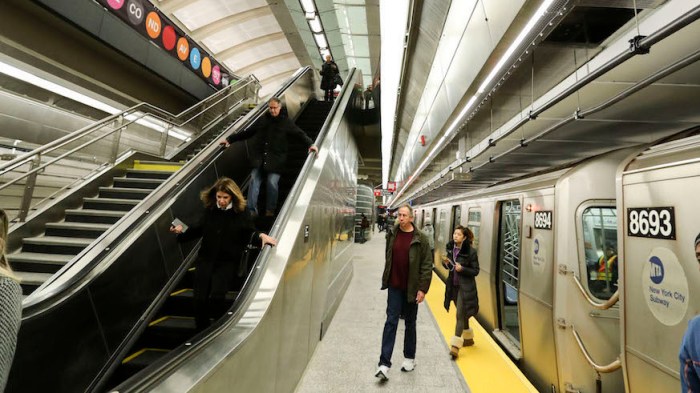When it comes to policing fare evaders on the subway, a new report argues that the city targets poor black New Yorkers for arrests in Brooklyn.
“The Crime of Being Short $2.75,” a report out Monday by the Community Service Society, looks at 2016 fare evasion data in Brooklyn for where the arrests occurred and who was most affected.
“In the first three months of 2017 alone, the NYPD reports that they have arrested 4,600 people for fare evasion (‘theft of service’ charges), an overwhelming 90 percent of them black and Hispanic,” the report reads. “In Brooklyn in 2016, young black men (ages 16-36) represent half of all fare evasion arrests, but represent only 13.1 percent of poor adults.”
The report argues that the city is using its resources to criminalize poor, predominantly black residents — spending $50 million every year on arrests, prosecutions and fines related to fare evasion — rather than using those resources to help poor residents access public transportation.
The top four stations in Brooklyn for 2016 fare evasion arrest rates are all near the border of Brownsville and East New York, areas are where there is a high concentration of black poverty, the report says.
“While area poverty and criminal complaints play a factor in fare evasion arrests, neither fully account for this racial disparity,” the report reads. “New York City should be a beacon of progressive social policy in an era when federal support for the most disadvantaged Americans is fast eroding.”
NYPD denies that they are targeting poor black residents.
“The public is fully aware of the fact that fare evasion is illegal. People who commit fare evasion are subject to a summons or arrest wherever and whenever these offenses are observed,” the department said in a statement. “The NYPD assigns its resources within the transit system based on a number of factors, including level of customer activity; crime/quality of life conditions and citizen complaints. When offenses are observed police officers are expected to address them. We take enforcement action against those individuals who commit the offenses.”

